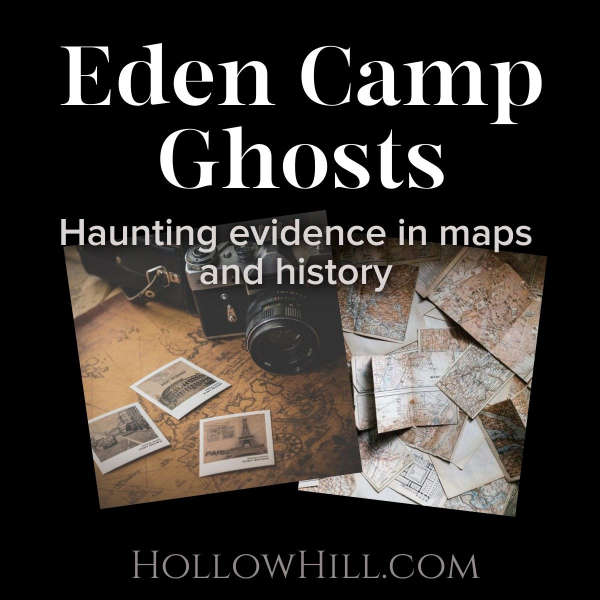Eden Camp… is it really haunted? If you’re like me, you want more than just a few ghost stories. A TV star claiming they felt chills… that’s not enough, either. Knowing that Most Haunted was planning to investigate the site, I went looking for the kind of evidence that convinces me. Within a few hours,…
Hollow Hill (dot com)

